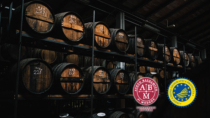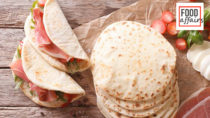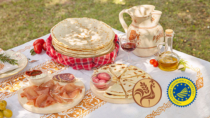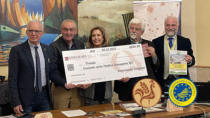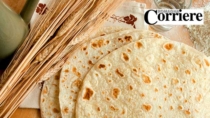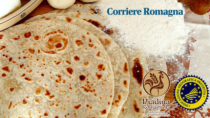Description
Piadina Romagnola PGI or Piada Romagnola PGI is a traditional flatbread from Romagna made with soft wheat flour or emmer flour, water, fats and salt. There are two varieties, distinguished by their different sizes: Piadina Romagnola and Piadina Romagnola alla Riminese.
Production Area
The production area of Piadina Romagnola PGI is within the administrative territory of the provinces of Rimini, Forlì-Cesena, Ravenna and a few municipalities in the Province of Bologna, in the Emilia-Romagna region.
Production Method
The dough for Piadina Romagnola PGI is obtained by mixing and kneading soft wheat flour or emmer flour, salt, and fats (olive oil, extra virgin olive oil or lard) with water and any leavening agents. The use of additional ingredients such as milk and/or honey is optional. The dough is then divided into different-sized loaves or balls, depending on the desired size of the flatbread. The loaves are rolled by hand, using a rolling pin, or mechanically until the dough assumes the form of a disk. These are then cooked on a griddle, on both sides, at a temperature of between 150 and 300 °C, for a maximum of four minutes overall. After cooking, the product is either served immediately or packaged after cooling, in heat-sealed bags or sleeves with a modified atmosphere.
Appearance and Flavour
Piadina Romagnola PGI is round and flat, with a diameter of between 15 and 25 cm. It is ivory-white to dark amber; on both sides there are characteristic amber-coloured marks of various sizes and shades, which are small and even. The consistency is firm and flaky. It has a fragrant taste and smell, with an aroma similar to that of freshly baked bread. Piadina Romagnola PGI alla Riminese is thinner, softer and less firm, with a diameter of 23 to 30 cm and larger, more uneven marks.
History
Piadina Romagnola PGI is a symbol of the Romagna gastronomy, and its reputation goes as far back as the 15th century, although Vergil did mention something similar in The Seventh Book of the Aeneis (19th BC), describing a thin disk that was eaten toasted. When bread was baked just once a week, flatbread was traditionally baked between one batch of bread and another. Over the centuries it has gone from being a quick, unleavened “bread for the poor” to a widely consumed product. Known in Romagna dialect as piè, it acquired its current name thanks to Giovanni Pascoli’s poem La Piada (Nuovi Poemetti), in which the poet defines it as the “bread of humanity.”
Gastronomy
Piadina Romagnola PGI is generally eaten folded in half and filled with various ingredients, the most traditional being cured meats from the Romagna region, as well as cheeses, especially Squacquerone di Romagna PDO, and vegetables. The product can also be filled with sweet ingredients like chocolate, honey and jam.
Marketing
The product is marketed year-round in the following varieties: Piadina Romagnola PGI and Piadina Romagnola PGI alla Riminese. It is sold ready-to-eat or in heat-sealed bags or sleeves with a modified atmosphere.
Distinctive Features
The most artisan form of Piadina Romagnola PGI can be found at the numerous food kiosks which are characteristic of the production area. Since the 1970s, these small wooden kiosks, usually decorated with vertical stripes, have spread across the region. The flatbreads are handmade on-site and cooked on griddles or traditional testi (similar to a round pizza pan), which are made of clay.





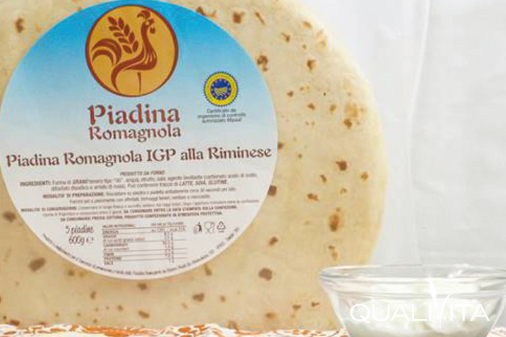







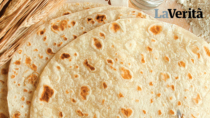



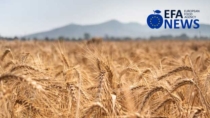


![[VIDEO] DOP IGP di pani e dolci in grande espansione](https://www.qualivita.it/wp-content/uploads/2025/02/TG5-Dop-economy-210x118.jpg)

